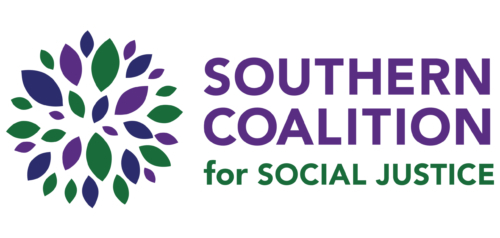The civil rights movement had the Big Six – Martin Luther King, Jr., Ralph Abernathy, Whitney Young, and other visionaries – advocating for the end of discriminatory treatment toward black and brown people. On Monday, October 20th we saw the emergence of the Big Eight – formerly incarcerated leaders at the forefront of a new civil and human rights movement – ending the structural discrimination faced by people with criminal records. These leaders include Daryl Atkinson, Susan Burton, Pastor Kenneth Glasgow, Norris Henderson, Manuel LaFontaine, Glenn Martin, Vivian Nixon, and Dorsey Nunn. In the first meeting of its kind, these formerly incarcerated leaders met with senior officials of the Federal Interagency Reentry Council (Reentry Council) to advocate for a set of reforms to help end the 2nd class status of people with criminal records.
The Reentry Council, which represents over twenty federal agencies, was created by Attorney General Eric Holder in 2011 to remove federal barriers to reentry. SCSJ’s, Daryl V. Atkinson, a member of the Formerly Incarcerated and Convicted People’s Movement (FICPM), took the lead in organizing this historic multi-agency meeting. Among the federal attendees were Karol Mason, Assistant Attorney General, Charles E. Samuels, Jr., Director of the Federal Bureau of Prisons, and Roy Austin, White House Domestic Policy Counsel. In total, representatives from over 13 federal agencies were in attendance at this historic meeting where leaders in the criminal justice reform movement advocated for the end to the structural discrimination faced by people with criminal records in employment, education, housing, and voting.
Atkinson focused on employment, highlighting Durham’s success around “Ban the Box”. Atkinson presented SCSJ’s new White Paper highlighting the case study of Durham’s successful “Ban the Box” campaign. The paper details the steps in creating and implementing a successful campaign, especially the importance of building power within marginalized communities. “We believe having directly affected people leading the campaign in every aspect, including the development of an effective policy, was a critical component to the successful hiring outcomes produced by Durham’s “Ban the Box” campaign,” said Daryl Atkinson.
The meeting was widely heralded as a success, and participants are hopeful that the lines of communication between formerly incarcerated leaders and federal policy makers will remain open. Click here to read SCSJ’s new white paper on the success of Durham’s Ban the Box campaign.
